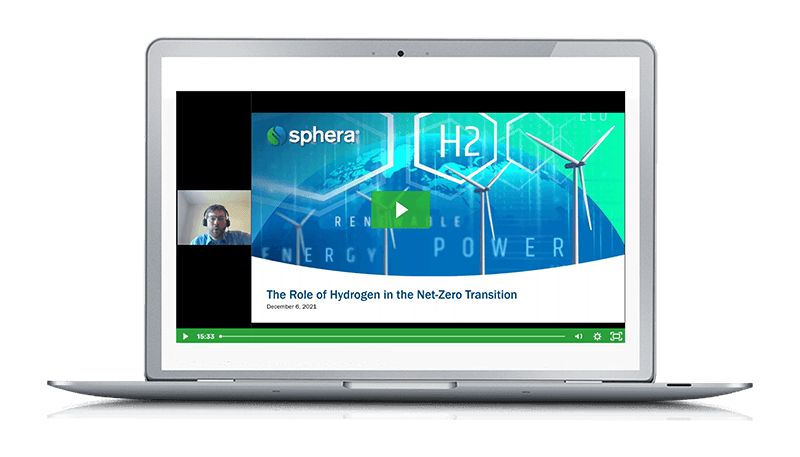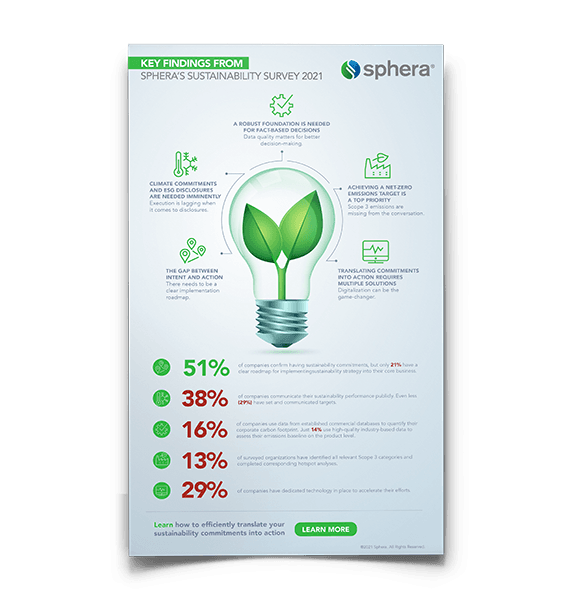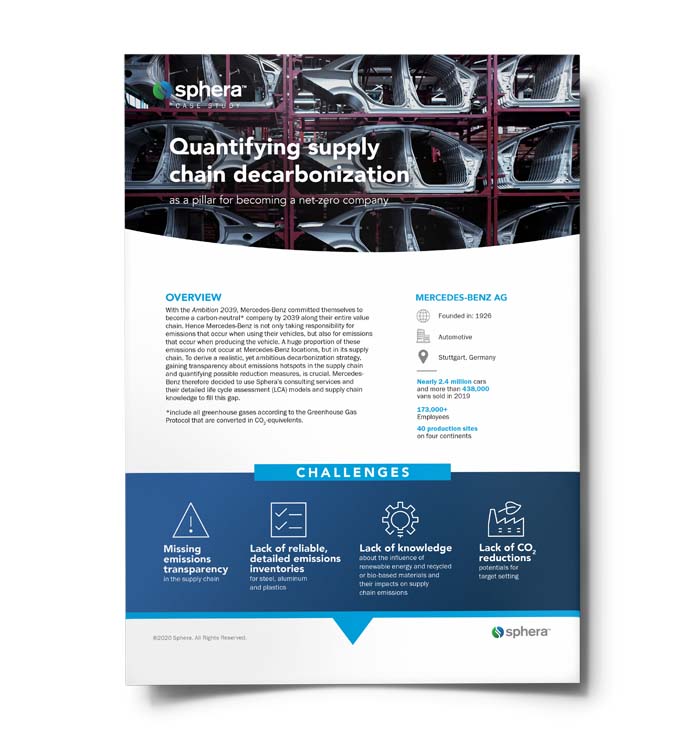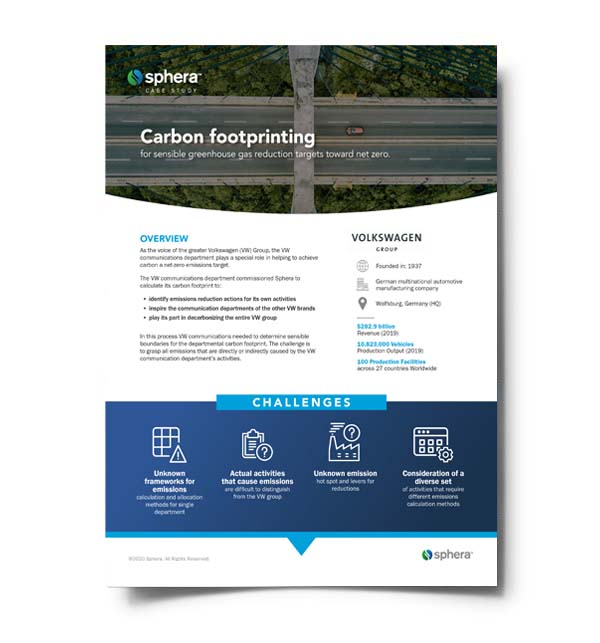The 28th Conference of the Parties, or COP28, is well underway, and it comes with some unique components and challenges that set it apart from previous conferences. The primary feature of COP28 is the conclusion of the first Global Stocktake, which assesses the global action taken so far to address climate change.
The conference, this year in Dubai, also aims to ensure that vulnerable communities can adapt to a changing climate, as well as finalize the fund that will help them recover and rebuild after damaging weather and climate-related events. Technology and innovation and the inclusion of diverse peoples are also on the agenda.
In this blog, we’ll look at the Global Stocktake as well as some noteworthy developments.
The First Global Stocktake
The United Nations’ Intergovernmental Panel on Climate Change (IPCC) holds that greenhouse gas, or GHG, emissions must peak by 2025 and decrease 43% by 2030 in order to limit global warming to 1.5°C—the goal established by the Paris Agreement in 2015.
It’s been eight years since the agreement was adopted by 196 parties at COP21 in Paris. And while we all know that the agreement sparked many countries into action to mitigate their impact on the climate, the question is whether it’s been sufficient. The Global Stocktake seeks to answer that question by reviewing the GHG emissions of the parties. Using thousands of submissions from governments and experts, the stocktake determines whether parties are meeting the emission reduction goals they laid out in their Nationally Determined Contributions (NDCs). Given the U.N.’s early analysis of the stocktake, we can assume that during COP28, parties will be strongly encouraged to strengthen their NDCs and their climate change mitigation activities.
The U.N. assessment, which was published in September, warned that though activities to reduce emissions are underway, they haven’t gone nearly far enough. The U.N. noted that more than 20 gigatons of additional CO2 emissions reductions are required in this decade to meet the 1.5°C goal.
Countries must update their targets for reduced emissions again by 2025, and the stocktake will likely inform their targets. The overall plan that emerges from COP28 will also influence the parties’ targets as the conference seeks to put signatories back on track to meet the Paris Agreement goal. The stocktake happens every five years, and stronger progress will surely be expected in 2028.
The Process
The Global Stocktake is a lengthy, intensive process that began two years ago. The first step involves information gathering. In the second phase, this data is evaluated. This evaluation—which results in the assessment—was concluded this past summer. The third and final step is a review of the assessment and a response to it, which is underway now.
According to the digital newspaper Politico, Jennifer Morgan, Germany’s climate envoy, noted that the global community is not on track to meet the Paris goals, and current efforts will nonetheless result in warming of 2.5°C to 2.9°C. Her assessment paints a dire picture; however, countries have been advised to retain the 1.5°C goal. They must now collectively agree on how to get there.
Early Progress in Other Areas
The stocktake is the central component of COP28, and the debate around how to accelerate emissions reductions will be tense. But there has been progress in other areas during COP28. In the early days of the conference, the U.S. Environmental Protection Agency (EPA) announced final rules that will compel oil and gas companies to cut the methane emissions associated with their operations. The EPA believes that a reduction of 58 million tons of methane emissions will be achieved through the implementation of the rule.
Also on the topic of methane reductions, U.S. Special Presidential Envoy for Climate John Kerry noted on December 2 that a group of countries, philanthropies and industry members pledged over $1 billion in grants to achieve cuts in methane emissions. In particular, the grants should help developing countries in this effort.
The EPA states that methane is a concern because though it accounts for only 16 percent of global GHG emissions, it traps heat in the atmosphere more effectively than carbon dioxide. According to the EPA, methane emissions come from human-influenced (or anthropogenic) sources such as landfills, agricultural activities and coal mining, as well as natural sources. The Global Monitoring Laboratory identifies wetlands, oceans and freshwater bodies as examples of natural methane sources.
In another win for COP28, more than 50 oil and gas companies pledged to cut their methane emissions to almost zero by 2030. Additionally, Reuters reports that six of the world’s biggest dairy companies—Kraft Heinz, Bel Group, General Mills, Nestle, Lactalis USA and Danone—announced their plans to disclose their methane emissions beginning in mid-2024. The companies, which form the Dairy Methane Action Alliance, will develop methane action plans by the end of 2024. The U.N.’s Food and Agriculture Organization says that livestock accounts for roughly 30% of global anthropogenic methane emissions.
These are encouraging developments, but many more are needed. Watch for our next blog on COP28, which will look at the second week of activities and the overall plan that emerges from the conference.










